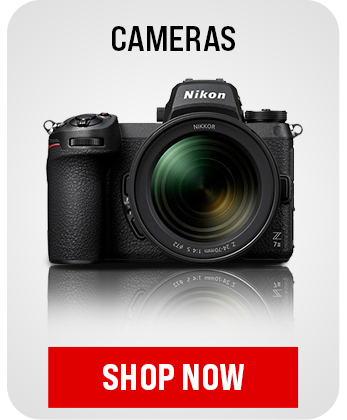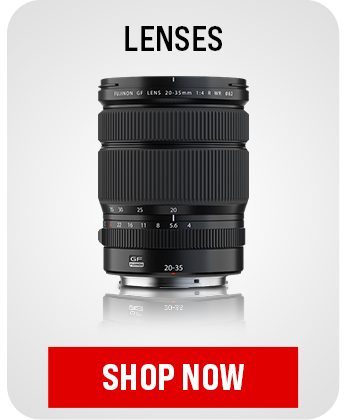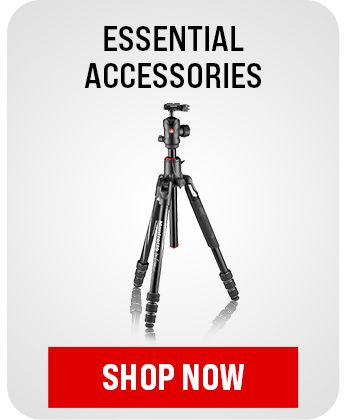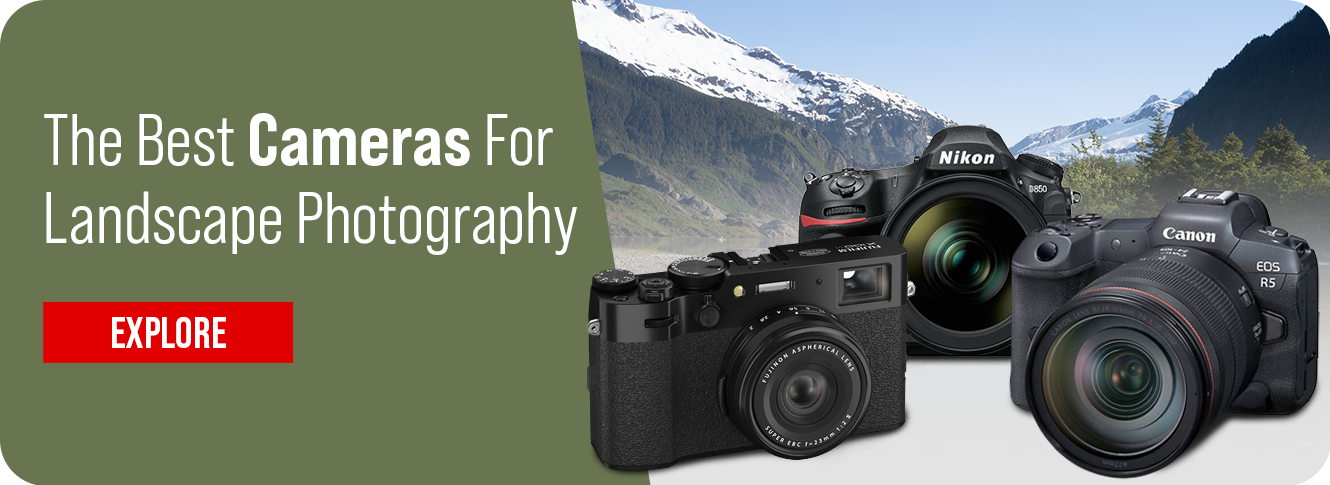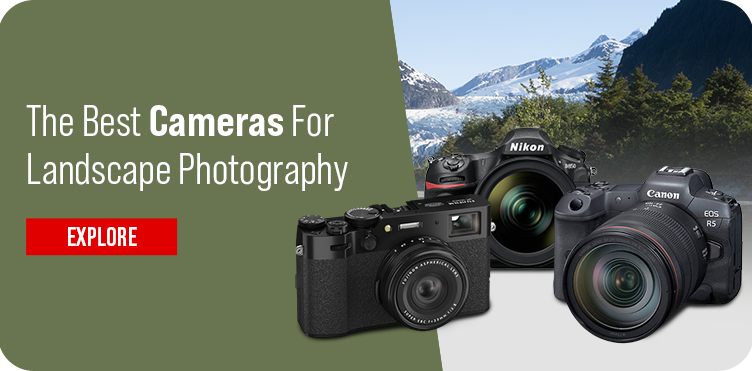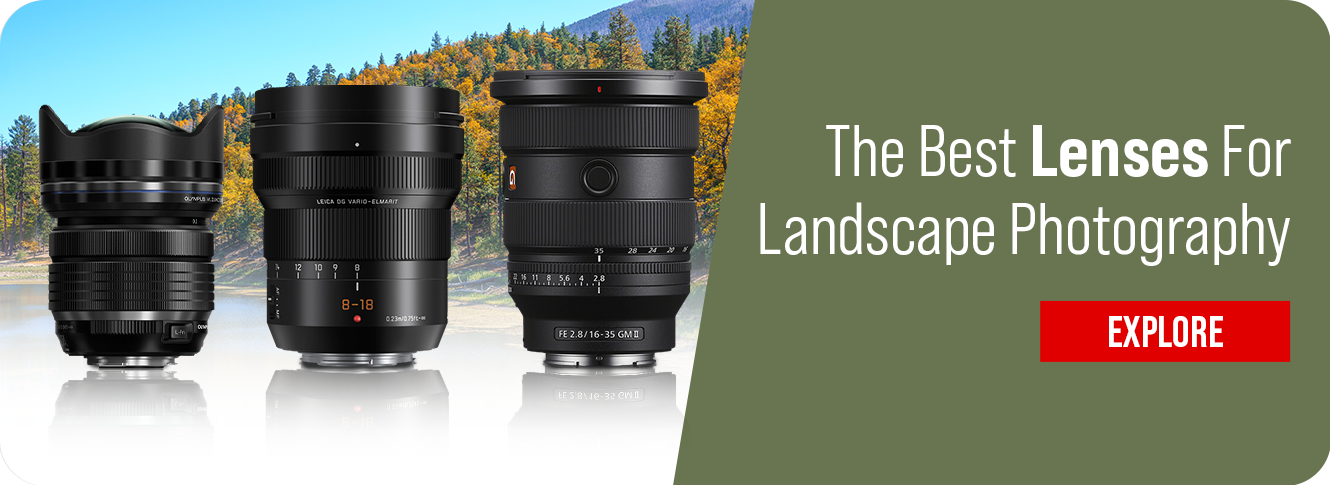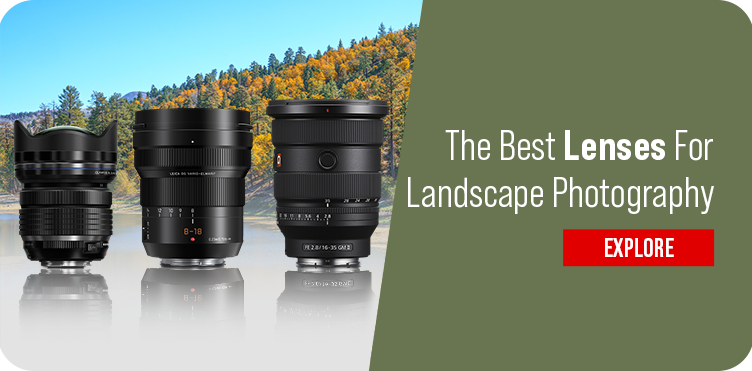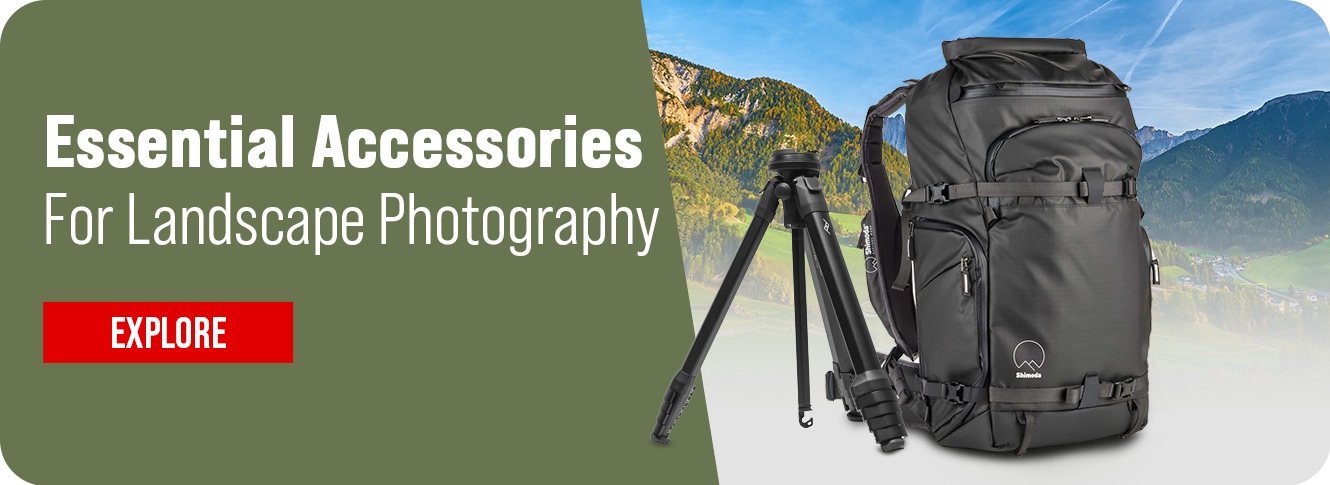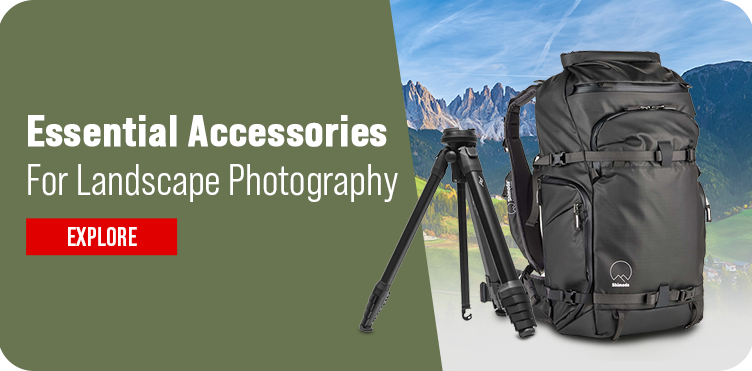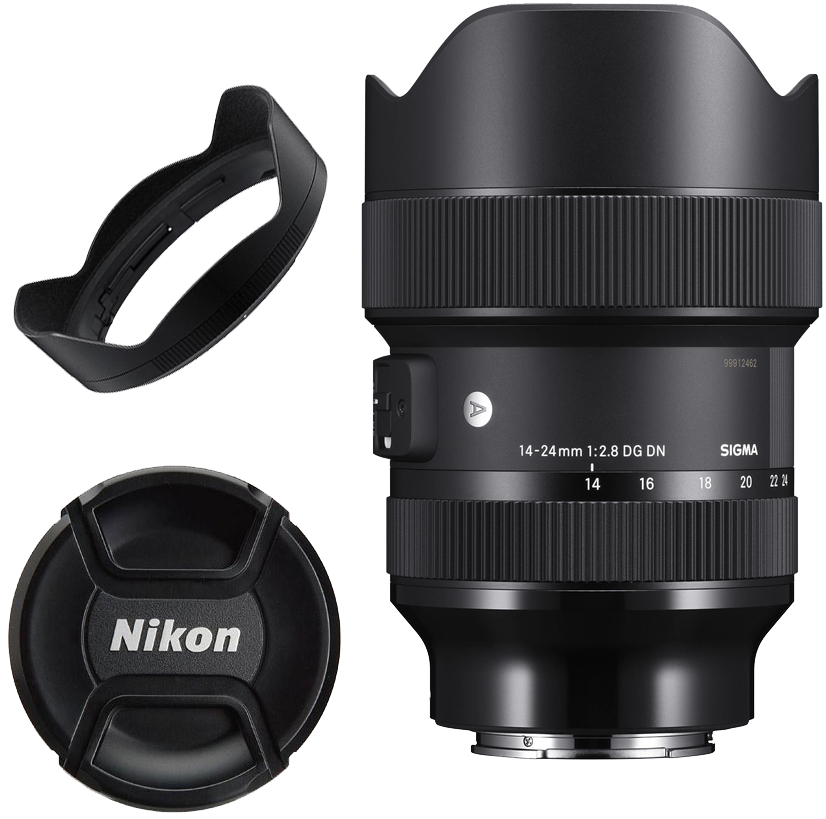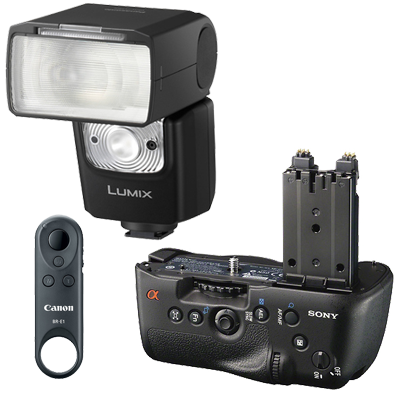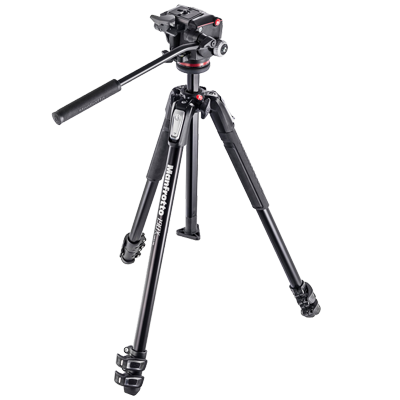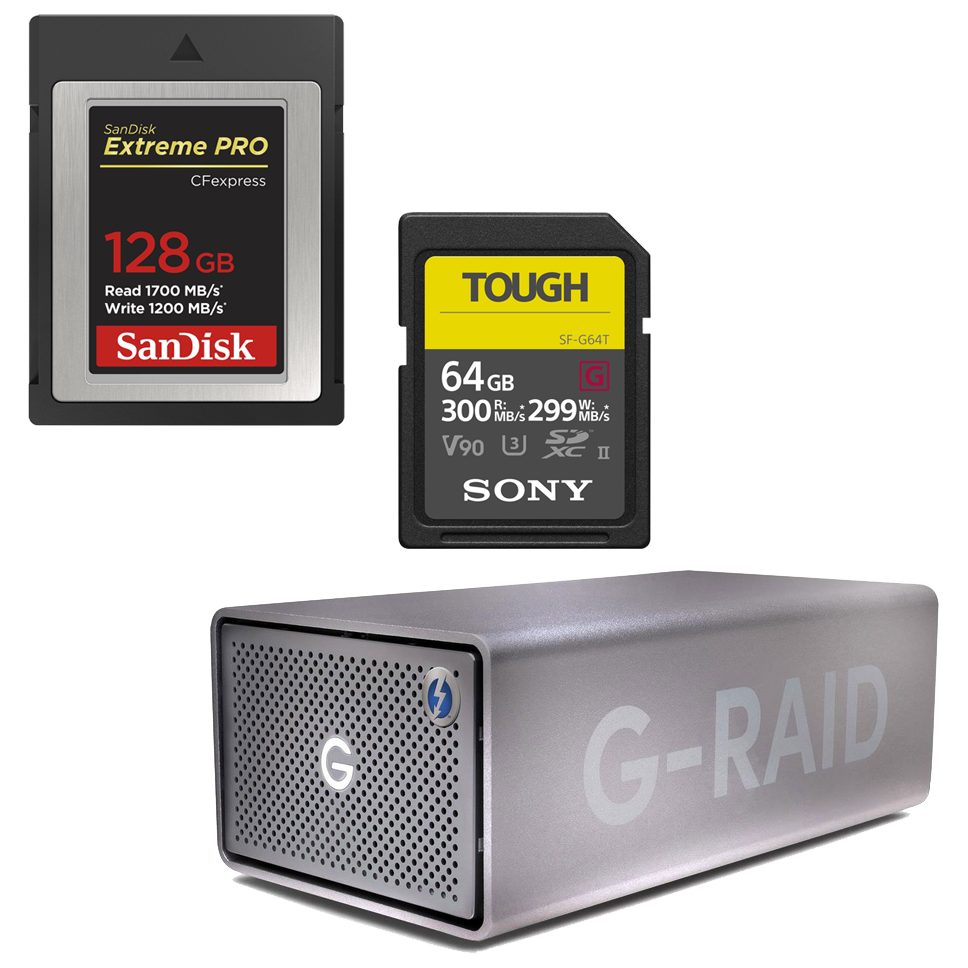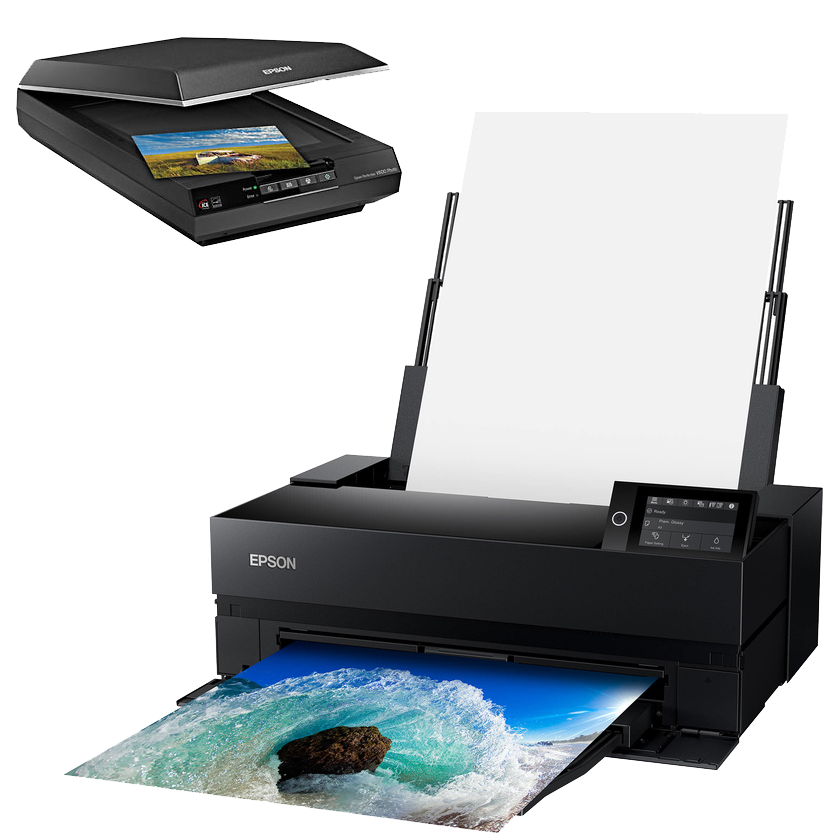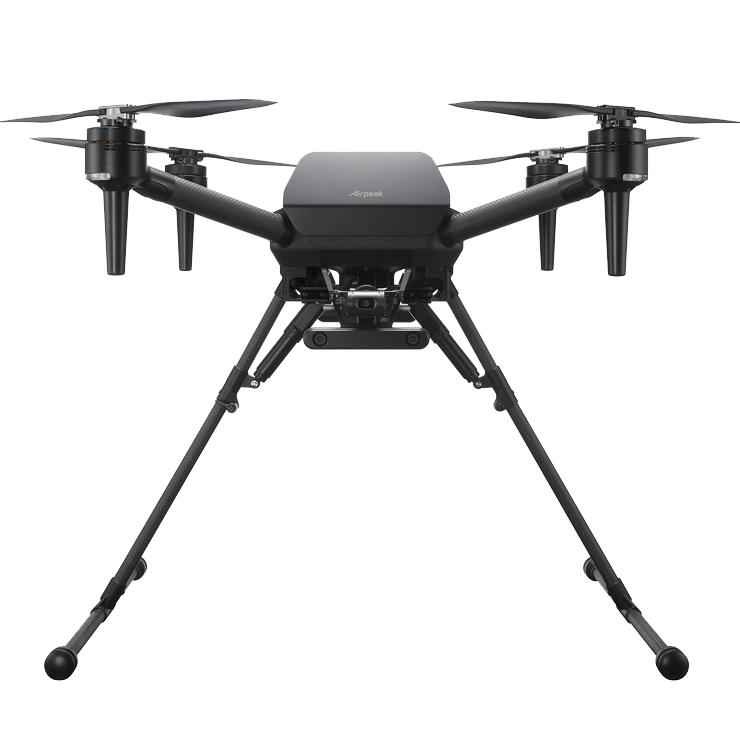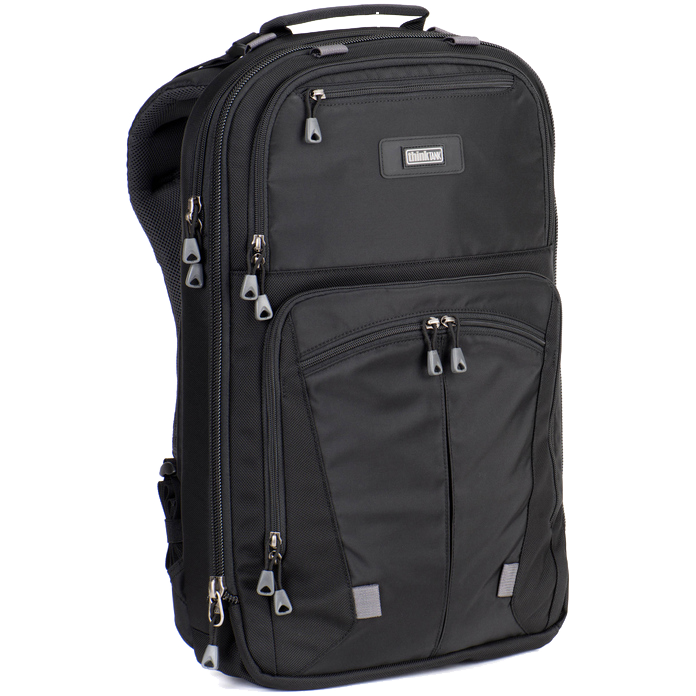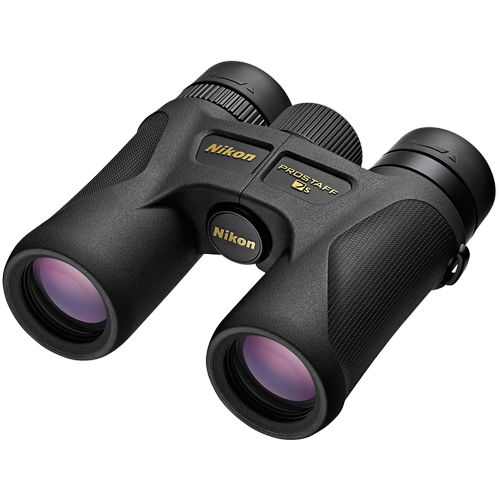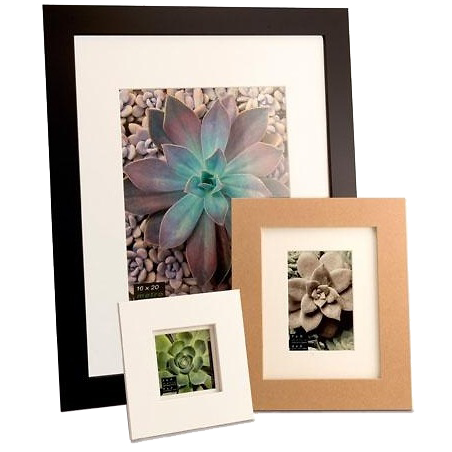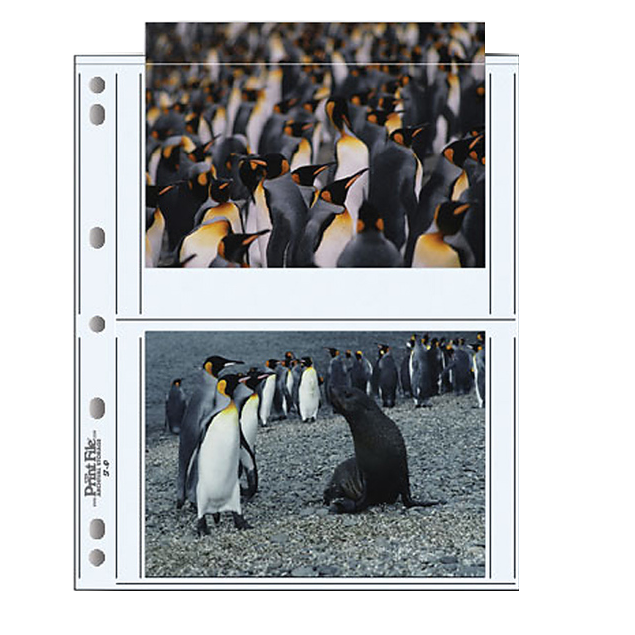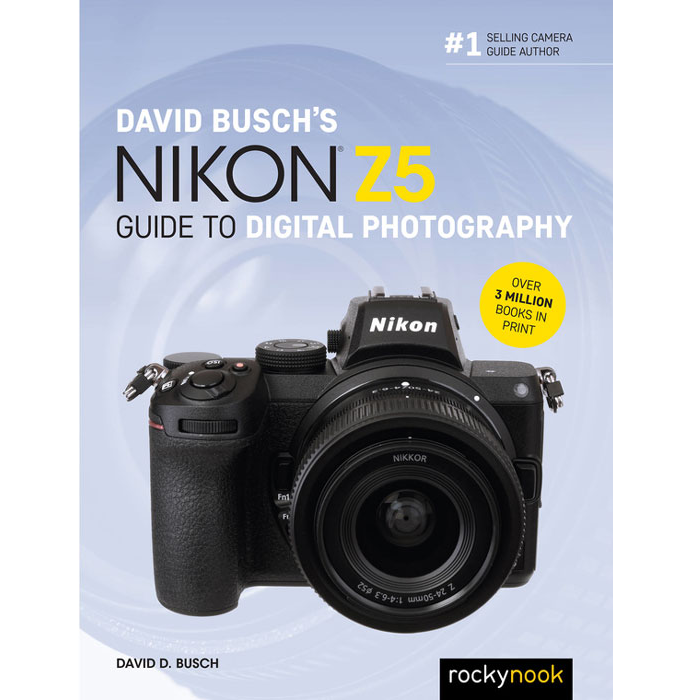My Cart
Landscape Photography Buyers Guide
SHOP NOWDiscover essential landscape photography gear at Samy's Camera. From cameras to lenses, get the best tools for your art.SHOP NOW
Grow your Business with Hand-picked Photography
Equipment Specific to Your Professional Needs
Types of Landscape Photography
 Landscape photography encompasses a diverse range of styles, each with its own distinct approach to capturing the beauty of the natural world. Traditional landscape photography often focuses on expansive vistas and iconic scenes, showcasing the grandeur of mountains, valleys, and bodies of water. Photographers employing this style often utilize wide-angle lenses to encompass large landscapes, emphasizing the sweeping scale of the environment. The careful composition is crucial in traditional landscape photography, guiding the viewer's eye through the frame and highlighting key elements within the scene.
Landscape photography encompasses a diverse range of styles, each with its own distinct approach to capturing the beauty of the natural world. Traditional landscape photography often focuses on expansive vistas and iconic scenes, showcasing the grandeur of mountains, valleys, and bodies of water. Photographers employing this style often utilize wide-angle lenses to encompass large landscapes, emphasizing the sweeping scale of the environment. The careful composition is crucial in traditional landscape photography, guiding the viewer's eye through the frame and highlighting key elements within the scene.
In contrast, minimalistic landscape photography embraces simplicity and reductionism. This style strips away unnecessary elements, focusing on the essential components of a scene. Minimalistic landscapes often feature vast open spaces, clear skies, and a limited color palette. Photographers use negative space and clean lines to create a sense of tranquility and evoke a serene atmosphere. The emphasis here is on creating a visual impact with the fewest possible elements, allowing viewers to appreciate the quiet beauty inherent in simplicity.
Urban landscape photography shifts the focus from nature to the man-made environment, capturing the essence of cities and human structures. Skyscrapers, bridges, and cityscapes become the subjects, and photographers often play with light, reflections, and shadows to enhance the visual appeal of urban scenes. This genre explores the interaction between human creations and the natural world, portraying the coexistence of concrete jungles within the broader landscape.
Choosing the Right Camera for Landscape Photography
Landscape photography is about capturing the world's natural beauty, and having the right gear is key. This guide is designed to help you select the ideal gear, including the best cameras, lenses, and accessories for landscape photography. With patience and the right equipment, you'll be able to document the wonders of our world through your photos.
When it comes to landscape photography, selecting the right camera is a vital step in capturing stunning images. The camera you choose should be an extension of your vision and creativity, allowing you to express the beauty of the natural world as you see it. Samy's Camera offers a wide range of top mirrorless cameras, featuring industry-leading capabilities and settings suited for landscape photography.
Features to Look For:
- Sensor Size and Resolution: A full-frame sensor is preferred for its ability to capture more light and detail, a detail of the utmost importance for landscape photography. High resolution is also essential for maintaining clear details in large prints.
- Dynamic Range: Cameras with a high dynamic range can better capture the extremes of light and dark in a landscape without losing detail.
- Weather Sealing: Given the outdoor nature of landscape photography, a weather-sealed body is a must for protection against elements like dust and moisture.
- Battery Life: Long battery life is a must, especially in remote areas where charging options are limited. It's always advisable to carry extra charged batteries when taking your camera into the field.
- ISO Performance: Low-light performance is key for shooting during the golden hour or capturing night landscapes.


Selecting the Best Lenses for Landscape Photography
The lens you choose for landscape photography can significantly impact the final image. Lenses not only determine the composition of your shot but also influence factors like depth of field, perspective, and sharpness, making the selection process just as important as your selection of a camera for landscape photography.
Importance of Lens Choice in Landscape Photography:
Perspective and Composition: The right lens can dramatically alter the perspective and composition of a landscape shot. It can emphasize certain elements while minimizing others, impacting the overall feel and story of the image.
Sharpness and Detail: High-quality lenses are essential for capturing the fine details in landscapes, from the texture of rocks to the leaves on trees.
Control over Depth of Field: Lenses influence the depth of field, allowing photographers to isolate elements of the landscape or bring the entire scene into sharp focus.
Types of Lenses Suitable for Landscapes:
- Wide-Angle Lenses (14mm - 35mm): Ideal for capturing expansive landscapes. Wide-angle lenses provide a broad field of view, making them perfect for including both foreground and background elements in the frame.
- Zoom Lenses (24mm - 70mm): From wide vistas to more focused compositions, zoom lenses are versatile for various landscape scenes.
- Telephoto Lenses (70mm - 200mm+): Useful for isolating distant landscape features, such as a mountain peak or a singular tree. They compress the scene, bringing faraway subjects closer.
- Prime Lenses: Known for their sharpness and fast apertures, prime lenses (fixed focal length) can be an excellent choice for landscapes, especially in low light conditions.
Selecting the best lens for landscape photography depends on your specific style, the typical scenes you shoot, and your camera system. While wide-angle lenses are a staple in a landscape photographer's bag, having a range of lenses can expand your creative possibilities, allowing you to capture the vastness and detail of landscapes in unique and compelling ways.
Essential Accessories for Landscape Photography
In landscape photography, the right accessories can enhance the quality of your photos and simplify your shooting process. They protect your gear and improve efficiency, with items like tripods and filters complementing your camera and lens, making a significant difference in your nature photography experience.
Tripods:
- Importance for Sharp Images: Tripods are indispensable in landscape photography, especially for achieving sharp images during long exposures and in low-light conditions. They provide stability to minimize camera shake and ensure crisp, clear photos.
- Choosing a Tripod: Look for sturdy yet lightweight tripods for easy carrying. Materials like carbon fiber are ideal for their strength-to-weight ratio. A tripod with adjustable legs and a reliable head can handle a variety of landscape terrains.
Camera Bags and Straps:
- For Comfort and Protection: A quality camera bag is essential for organizing and protecting your equipment from weather and rough handling. Comfortable, padded straps or harnesses are important for easy carrying, especially during long treks.
- Types of Bags: Seek bags with weather-resistant materials and sufficient padding to protect sensitive gear. Backpacks with adjustable compartments are versatile and can be tailored to fit different equipment setups.

Pre-Owned, Open Box & Collectibles
Get the best deals on top Photography models & collectibles
Additional Accessories for Landscape Photography
Filters:
- Types and Uses: Polarizing filters can enhance colors and reduce reflections, making skies and foliage pop. Neutral density filters allow for slower shutter speeds in bright conditions, perfect for capturing motion in landscapes like flowing water.
- Selection Tips: Choose filters based on your specific needs and the conditions you frequently shoot in. Ensure they are compatible with your lens diameters.
Remote Shutter Releases:
- Benefits: Remote shutter releases are crucial for minimizing camera movement during shots, particularly for long exposures. They're also useful for capturing time-lapses or when shooting in challenging conditions.
- What to Look For: Options range from simple wired releases to more advanced wireless remotes. Consider the compatibility with your camera model and the type of photography you do.
Cleaning Kits:
- Importance: Keeping your camera and lenses clean, especially after exposure to outdoor elements, is vital for the longevity of your gear and clarity of your images.
- Kit Contents: A typical cleaning kit might include a blower, brush, lens cleaning solution, and microfiber cloths. Regular maintenance can prevent dust and dirt from affecting your photos
Incorporating these accessories into your landscape photography setup can greatly enhance your experience and the quality of your images. From stabilizing your camera with a tripod to protecting and maintaining your gear with the right bags and cleaning kits, each accessory plays a key role in capturing the breathtaking beauty of the natural world.
Conclusion:
Landscape photography is more than taking pictures; it's about appreciating and sharing nature's beauty. Both new and seasoned landscape photographers need to choose the right cameras, lenses, and gear. Every item, simple or complex, is key to capturing varied landscapes effectively. Embrace this adventure and use your equipment to turn your creative ideas into beautiful photos.



